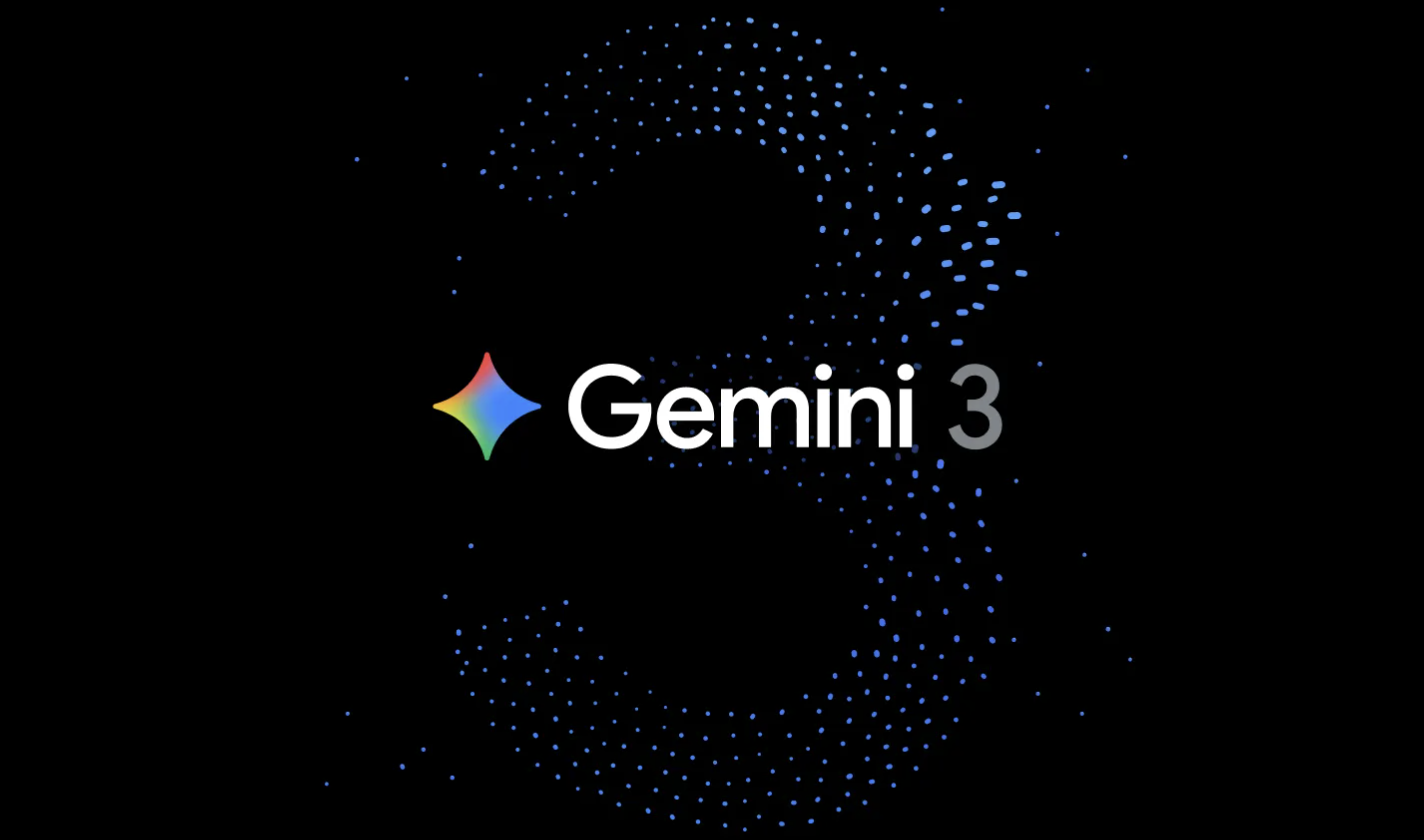How To: Maximize Google
Google is shaking out to be the leading Web search engine, with recent research from Nielsen NetRatings reporting about 40 percent of all U.S. households using the tool at least once in January 2004. (For more information on the report, go to searchenginewatch.com/reports/article.php/2156451.) How can teachers and students maximize their use of Google?
Plus and minus signs: Google ignores common words such as "where," "how," and "I." To force Google to include a common word, put a plus sign in front of the word. For example, type +I Robot to find sites on the book by Isaac Asimov. Another way to do this is through a phrase search by enclosing a phrase in quotation marks (i.e., "I, Robot") to have Google treat the words together rather than individually. A minus sign is used to force the exclusion of a specific word. For instance, type bass -fish if you want information on the musical instrument, and not the fish.
Tilde signs: Use the tilde sign (~) in front of a word to include its synonyms in your search. A search for ~painting may also return sites for the word art.
OR search: Use the word OR in uppercase between two words to have Google search for either of them (e.g., algebra OR geometry).
In addition to basic searching, Google also offers a number of extra features to maximize the searching experience.
What's the square root of 267? Did you know that Google can be used for calculations? Just type your calculation (sqrt(267)) into the Google search field, click the search button, and you have it! (By the way, the square root of 267 is 16.3401346. Go to www.google.com/ help/ calculator.html for complete calculator instructions.)
A defining experience: Use Google to find definitions of words. Type the word definition, followed by the word you wish to define, and click the search button.
Tools and ideas to transform education. Sign up below.
I dunt spel so gud: Google utilizes an automatic spell checker; if it determines that there are other spellings for your search term, it will ask, Did you mean... and suggest an alternative spelling.
Nothing but the news: If your search term is relevant to a current news item, there will be a section at the top of your search results page labeled "News results for..." with direct links to the related news story.
Find an address: Type in a first name, last name, and city to find that person's address and phone number.
Maps: Type in a street address to get links to Yahoo Maps and MapQuest.
Reverse phone lookup: Type in a phone number in the format (XXX) XXX-XXXX to find the name and address of the person whose phone number it is.
NOTE: If you want your personal information deleted from the Google database used for the Maps, Phone Book, and Address Features, go to www.google.com/help/pbremoval.html to request removal.
Jeffrey Branzburg is a contributing editor and regular columnist for Technology & Learning
Visit techLEARNING.com to read the complete text of the following articles and others relating to various education uses of search engines.Teaching Information Literacy: Tips and Resources by Leonarda Brush
Information literate people know how to find, evaluate, and use information effectively-wherever the information is. Here are resources that can help teachers and students. Making the Library into a Cybrary by Diane D. Coggins
Transforming a school library into a multimedia center integrated with technology can be an enormous challenge. Here are advice and suggestions to help you. Cyberlab: An Ally for Teaching Scientific Collaboration by Mike Calhoun
Web-based activities can teach the importance of scientific reproducibility, peer review, and the acceptance of different opinions to middle school students. Teaching Students How to Do Online Research by Rosemary Shaw
Students are never too young to learn how to research and cite documents. Learn the six steps to online research that will help.
